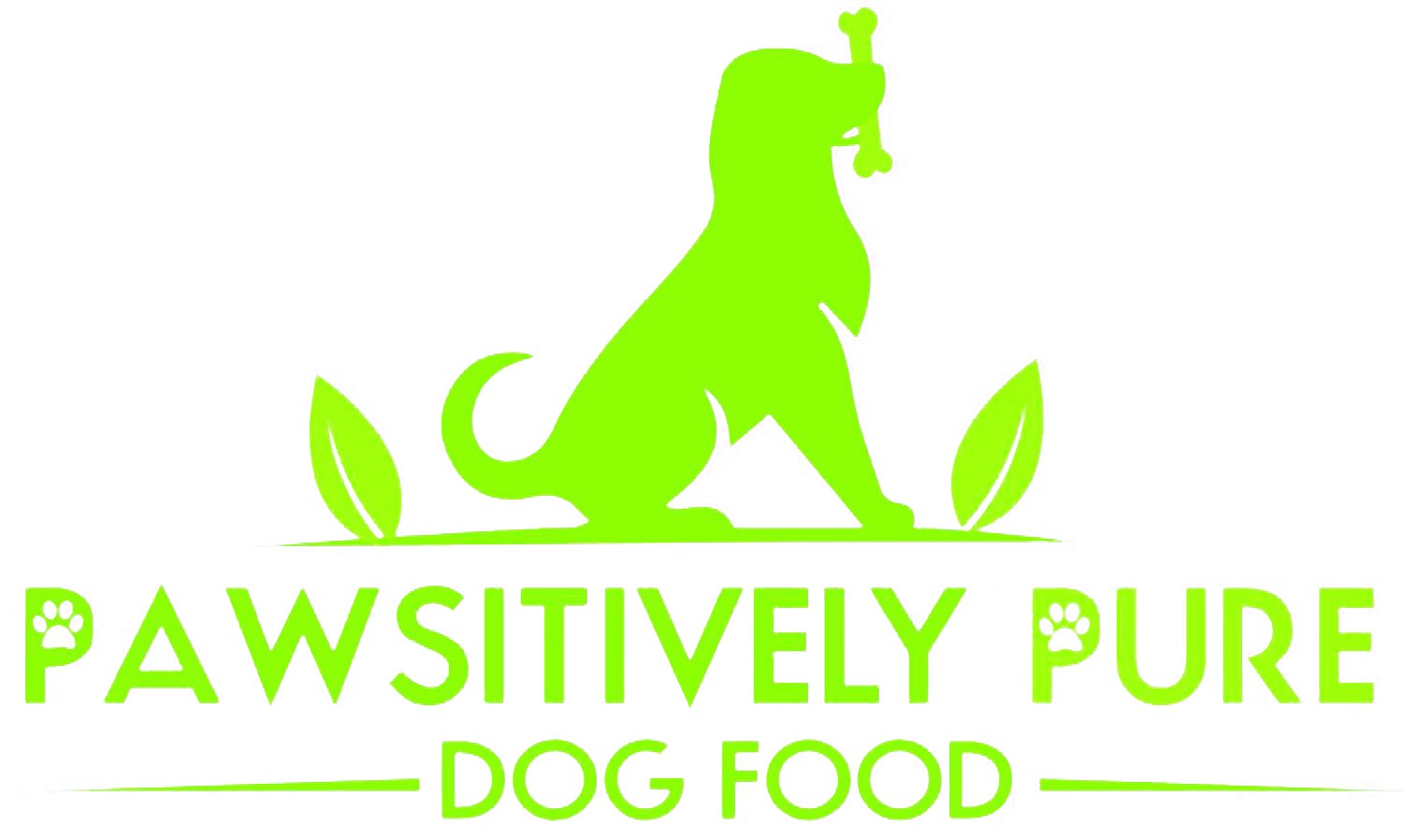Tasty Treats are Helpful Tools
Think of the last time you got a little treat for yourself. Maybe it was that pair of shoes you’ve been looking at, or maybe it was a slice of chocolate cake–either way, treats for us are often just indulgences. In your dogs’ case, however, treats are so much more than just fun snacks; they’re essential tools for your dog’s training.
Dog treats come in a variety of types and sizes: some crunchy, some soft, some bite-sized, some long-lasting. No matter what your dog’s favorite flavor is, choosing high-quality treats can make all the difference when it comes to the success of your training program.
So, how can you use treats to help your dog’s progress?
The Psychology of Positive Reinforcement
As a dog owner, you’re probably familiar with the term “positive reinforcement.” According to the AKC, positive reinforcement uses praise and rewards to encourage desired behaviors. For example, giving your dog a treat for sitting properly encourages that behavior and makes them more likely to do it again in the future.
Edible treats are among the most effective motivators for dogs. Biologically speaking, the necessity of food has determined many of modern dogs’ drives and behaviors, and thus, receiving food with minimal effort comes across as a huge reward. Once your dogs know that they’ll receive food for repeated good behavior, you’re likely to find that training is a breeze.
Furthermore, rewarding your dog with treats is a great way to build trust between the two of you. Your dog will easily identify you as a provider and a reliable source of healthy snacks; they’ll look forward to training sessions and be eager to continue learning.
Why Healthy Treats Matter
Here at Pawsitively Pure Dog Food, we believe that you CAN teach an old dog new tricks. Training your dog can be a lifelong pursuit, with your dog continuing to learn good behaviors year after year. What’s more, you should continue to positively reinforce learned behaviors over time to ensure your dog is still invested in repeating those good habits. That’s why offering your dog healthy treats is so important.
Avoid harmful ingredients. Low-quality, mass-produced dog treats often include a number of preservatives and fillers that can cause health problems over time or if treats are offered too frequently. Such health issues can include weight gain, digestive problems, allergies, and beyond.
Bring on the good stuff. On the other hand, healthy, all-natural treats not only avoid the negative health effects, but they can also offer a nutritional boost to your dog’s daily diet. After switching to all-natural dog food and treats, many dog owners notice improved skin and coat, higher energy levels, and improved digestion. Ingredients like blueberries and sweet potatoes are both nutrient dense and delicious!
Don’t forget about portion control. Being mindful of your dog’s treat intake is important in maintaining their weight. If your training schedule is intensive, it’s a good idea to break treats into smaller pieces to make bite-sized rewards for correct behavior.
Choosing the Right Treats for Your Training Sessions
When it comes down to it, the right treat for your dog is a matter of taste. Soft, chewy treats are easy for dogs to consume while they’re busy with a new task, but some dogs prefer the crunch of a chicken crisp or a biscuit. It can be a good idea to have a couple different treats on hand to keep your dog from getting bored and losing interest when it’s time for training and rewards. Experiment with different ingredients, textures, and flavors to find out what makes your dog’s tail wag the hardest.
Now is the perfect time to stock up on some new, healthy treats to help make your dog’s training sessions a breeze. Selecting a treat that’s low on fillers and high on nutritional value not only makes training fun, but also provides your dog with critical nutrients and improves their overall quality of life. Pawsitively Pure Dog Food offers all-natural, soft biscuits and all-meat, crunchy chicken crisps so your dogs have a variety of tasty treats to choose from. Head over to our shop to order yours today.





